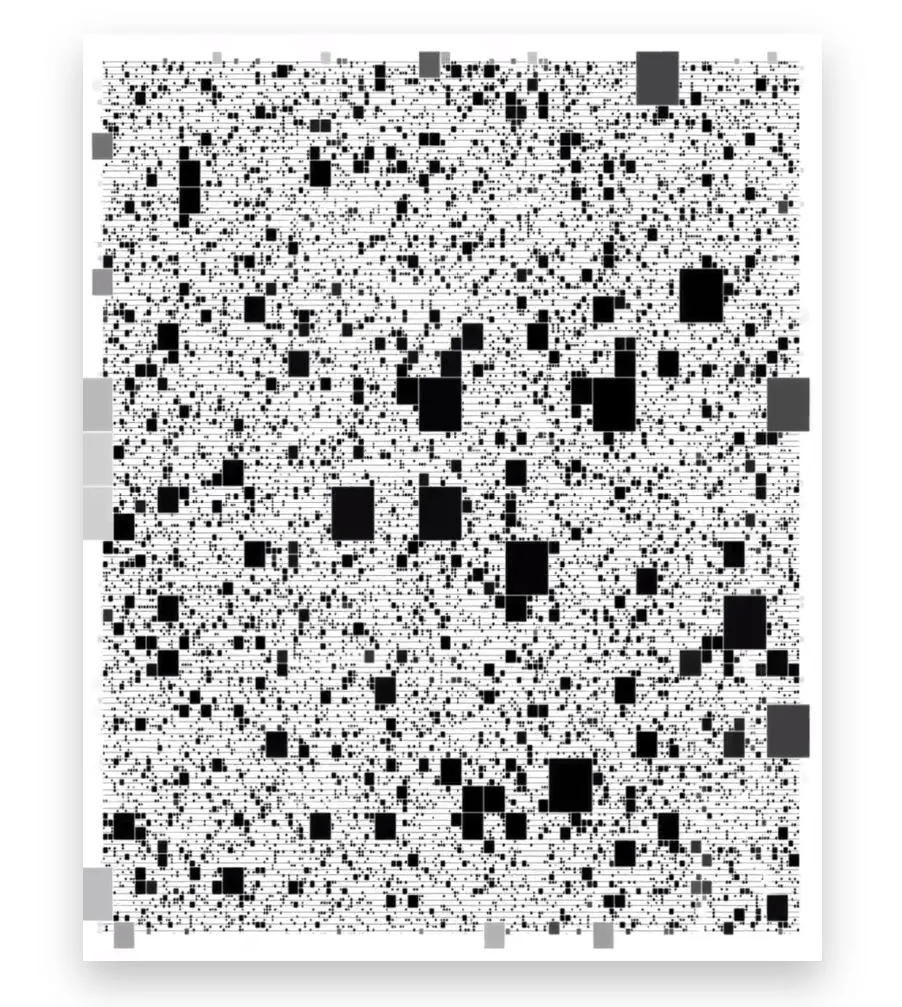How to Make Art That Resonates
What is art… baby don’t hurt me, don’t hurt me… no more.


How does one create art that really grasps attention? Some argue that meaningful art is eternal. Others claim that to allure, art needs to be ahead of the curve, beating the trends. An important question that arises in this discussion is ‘what is it that people care about’? What are the underlying social issues and the existential qualms?
The notion that people truly care about certain art implies that it has a utilitarian quality. What is the purpose of art if it doesn’t speak to us – if it doesn’t touch us in some way or make us feel? Contemporary Western society has muddled our values to the point of absurdity. Consumerism used to be criticised. Today, we see the material forms of consumerism moving into the digital realm.
Is it not absurd that a significant social media presence, an intangible object by nature, is commoditised? These anxieties are real, and our society deeply cares about them. That’s precisely why art that satirises or discusses these issues is both noticed and appreciated.
Today’s trends lie in stark contrast with the religious drama of the Baroque period. Back then, people were primarily concerned with piety, while art intertwined with craftsmanship. In order to answer ‘what art do people actually care about’, the artist must ask himself more questions as prerequisites. We can, therefore, appreciate that the first step to making art that people care about is to understand the Geist of the time that we live in.

The Eternal vs. The Trend
To paraphrase a 90s hit song, ‘What is art… baby don’t hurt me, don’t hurt me… no more.’ Art needs to pick at our emotional strings and be in tune with the pain and joy we experience in our lives. This is how it can connect to a broader audience. Art is a visual form of love and suffering, and it can express ideas that humanity reflects on.
Meaningful art is eternal, but only when it connects to contemporary life, reminds us of what we forgot, or helps us discover new truths. New and emerging forms of art that explore virtual and augmented reality pick up on the discourse that concerns the present day. They seek to explore how real our reality really is; perhaps we live in a matrix where our consciousness is merely a virtual projection, programmed and designed by supercomputers, and we simply exist in a simulation?
These concepts are certainly vogueish, as they reflect the developments of artificial intelligence, quantum computers and perhaps even the desires of immortality, where our consciousness would continue to exist separate to our cryogenically frozen bodies. But these ideas are not new – dreams of immortality have been with us forever. The dualism of the mind and body are at the core of many faiths, and Plato theorised the idea of a simulation that cheats us out of our reality in his allegory of the cave.
Individual Empathy vs. Greater Societal Problems (Existential or Theoretical)
An important ruse in creating meaningful art is to find a way to connect humanity’s meta-dialogue to the subjective concerns of an individual. This can be done by bringing to light nouvelle anxieties that we experience collectively. In the nineteenth century, scientific developments brought about industrialisation and accompanying urbanisation. Ironically, the unprecedented technological progress of the belle époque – the beautiful epoch – came to be characterised by fears of civilisational decay. On a personal level, individuals began to experience angst over living in overcrowded cities, growing remorseful about this new way of life.
Edward Munch’s work is among the best examples of an anxious art-from; it is an expression of the fear and frustration of modern life. A fascinating aftermath of this age was the rejection of traditional aesthetics and a search for new art forms inspired by naturalism, romanticism, and primitivism. Art eventually became more abstract and avant-garde. The enlightened, sophisticated society showed a great appreciation for these new and exciting forms of expression – they preferred it over the ornamentation and pageantry of the 19th century. Movements like Futurism and Art Deco embraced mechanical progress and built a new intellectual environment that awed its audience with its raw and insightful form.

Kiss by the Window (1892) by Edvard Munch
Political Art
A surefire way to connect to an audience is through political art. Iranians, for example, consistently create clever visual content aimed at criticising America’s role as the world’s policeman. A bombastic example of this is a flag of the United States, with the stars replaced with swastikas.
The shock potential of art is truly effective!
This type of art shouldn’t immediately be brushed off as crass or banal. People have real political concerns and in many countries, their voices are simply not heard. International art fairs are an effective means for communicating perspectives of third world countries. The Western Left might not necessarily fully appreciate the issues that the third world faces, but, nonetheless, they tend to morally side with and defend the weak. People’s tendency to be self-righteous is certainly something that could be easily exploited. Shaking the foundations of given society’s belief system, bringing to light a neglected perspective and playing with the notions of good vs. evil can generate a thoughtful response. Being provocative is an effective means to start such a debate.

Contemporary Times (From Postmodernism to Post-Post-Modernism)
Let’s take the conceptual discussion above and apply it to our day and age. What sort of world do we live in today? If we believe that art has a utilitarian purpose – like satire – then it should address the excesses of our culture. On the flip side, if art is to simply be appreciated as an aesthetic form in itself, then, perhaps, it needs to fit into the excesses of our culture. Think about the mirror in Snow White – the one that shows the fairest of them all. An Instagram filter is like a flattering mirror that shows us our vanity more than anything else. In a nutshell, a big part of our world is our digital persona. Our LinkedIn profiles, Twitter accounts, and blogs make us who we are.
As Oscar Wilde once put it, ‘you are what people think of you.’
We don’t live in isolated communities. We are, for better or for worse, becoming interconnected and able to transmit ideas with great ease. Yet how different is what we experience today from the nouvelle anxieties and dystopian woes we experienced two centuries ago? It is the role of meaningful art, rather than the profound or aesthetically pleasing, to give us a taste of the flavours of life. Art needs to highlight the zeitgeist and add layers of profound discourse to the conversation. It’s ability to be meaningful to us depends on what value it can add to our life; the ideas and passions we experience.





